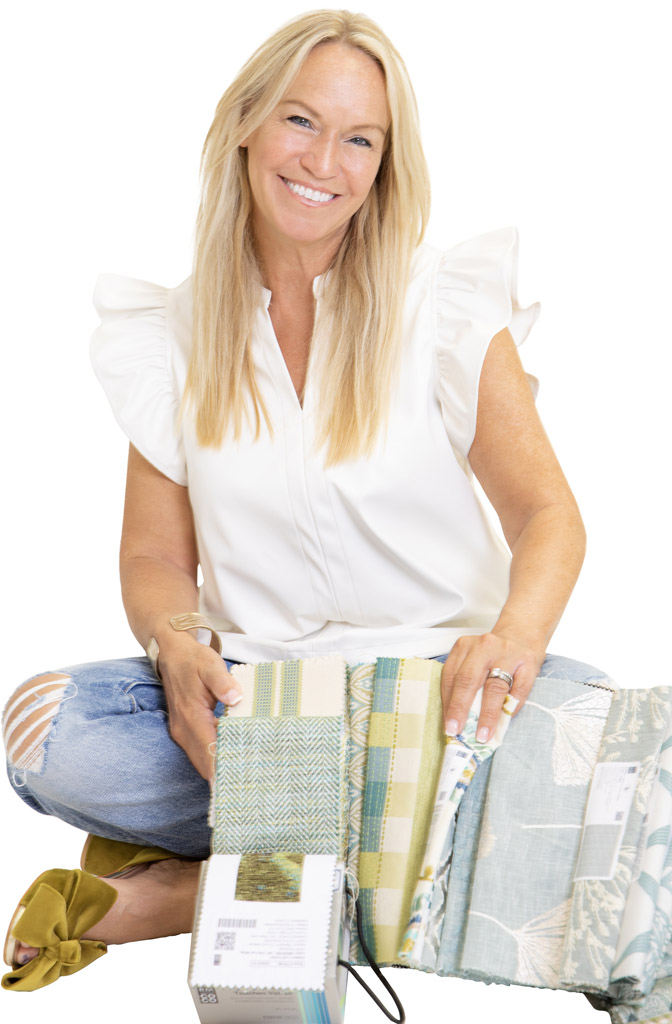
Everyone raves about the northern lights and the magnificence of their glow. It is a rare treat to see the aurora beaming down to Earth’s atmosphere. The scientific explanation of how the aurora presents itself is quite intriguing. If we had all day, we could get deep into the science behind it, but we don’t. So, let’s get into the lighting of the Lowcountry—the lighting found in homes and along the coast of Georgia and South Carolina.
It makes no difference if you have a charming bungalow or a sprawling mansion, the lighting in your home adds character and style, and quite frankly, can make or break a space. So, we are here to shine some light on this topic so you can let your lights shine.

Connie Sewell
Selecting Fixtures: Shapes, Sizes and Styles
There are no real rules in lighting; the world is your oyster, so to speak. Be cautious regarding size, shape and height, but ultimately, your space, your choice.
A good rule of thumb for a hanging light fixture is to allow 30 to 36 inches between your table or counter and the bottom of the light fixture. A good rule of thumb for your fixture in sizing is about half to three-quarters the size of the table or island. You may also want to consider the bulkiness and transparency of a light fixture. You can go bigger with the light fixture (no more the three-quarters) when the light is clear and see-through versus when a fixture is a material that blocks the view of a room or other art within the room.
Task lighting and other light sources in your home are just as important as the fixtures you choose, so always consider the opportunities a room offers and consider the functionality of the space and what it is used for before choosing your fixtures.
Outdoor lighting: it’s a vibe.
Mood and ambiance are everything. A warm Edison bulb is the perfect lighting choice for your outdoor string lighting vibe. Drape it post to post or tree to tree to create a canopy of lights. Drape it along a wall or a fence, or anywhere you choose, just make sure you keep safety in mind when stringing lighting near pools and outdoor play areas. Your backyard will be the weekend destination if you play your lights right.
Bulbs are a big deal.
Choose wisely because bulbs can change the mood, temperature and colors in your home. There are so many different bulbs on the market and so many variables when choosing the right bulb. LED, incandescent, halogen, and florescent bulbs are all still on the market, but LED is the most common.
Tips: K is for kelvin. Kelvins refer to the temperature, as in color. The higher the kelvin, the cooler (blue) the light omitted; the lower the kelvin, the warmer (yellow) the light. We have included a chart so you can get to know your kelvins. Lumens are another consideration. The higher the lumens, the brighter the light. Watts are different on an incandescent than on an LED—by a large margin. When you buy a fixture, consult with the salesperson to find the right bulb for your fixture and your space.


